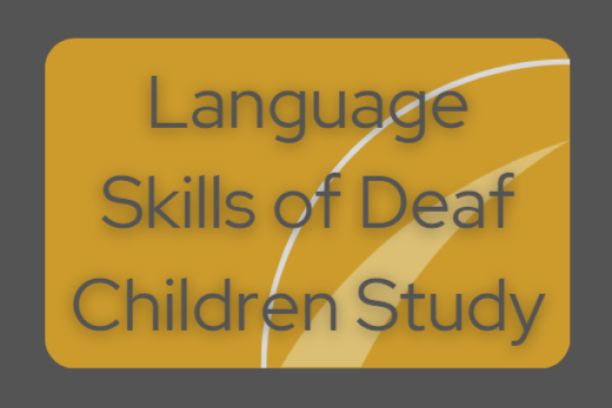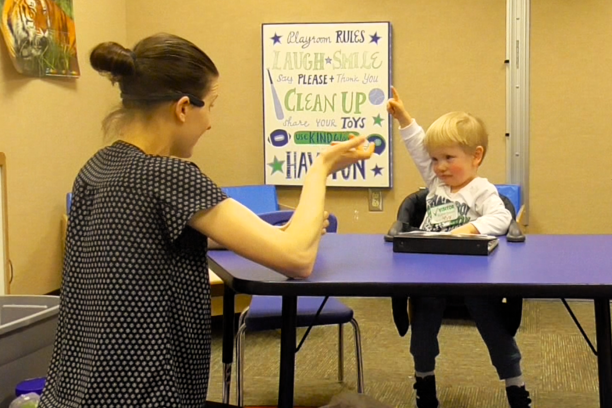-
McDaniel J., Woynaroski T., Keceli-Kaysili B., Watson L., Yoder P. Vocal communication with canonical syllables predicts later expressive language skills in preschool-aged children with autism spectrum disorder Journal of Speech-Language-Hearing Research. 2019 Oct;62(62). 3826-33.
Abstract
Purpose
We examined associations between vocal communication with canonical syllables and expressive language and then examined 2 potential alternative explanations for such associations.
Method
Specifically, we tested whether the associations remained when excluding canonical syllables in identifiable words and controlling for the number of communication acts. Participants included 68 preverbal or low verbal children with autism spectrum disorder (Mage = 35.26 months).
Results
Vocal communication with canonical syllables and expressive language were concurrently and longitudinally associated with moderate to strong (R2s = .13–.70) and significant (ps < .001) effect sizes. Even when excluding spoken words from the vocal predictor and controlling for the number of communication acts, vocal communication with canonical syllables predicted expressive language.
Conclusions
The findings provide increased support for measuring vocal communication with canonical syllables and for examining a causal relation between vocal communication with canonical syllables and expressive language in children with ASD who are preverbal or low verbal. In future studies, it may be unnecessary to eliminate identifiable words when measuring vocal communication in this population. Following replication, vocal communication with canonical syllables may be considered when making intervention- planning decisions.





